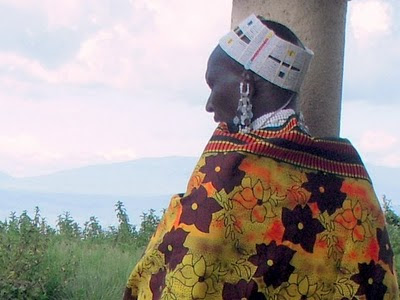


 It might have been easier to continue posting about the Amizade WVU students' progress on the classroom which was started yesterday, but instead I wanted to show some quiet scenes of the surrounding countryside which shows a Jamaica not found in flashy tourist brochures.
It might have been easier to continue posting about the Amizade WVU students' progress on the classroom which was started yesterday, but instead I wanted to show some quiet scenes of the surrounding countryside which shows a Jamaica not found in flashy tourist brochures.The top two pictures are taken on the main highway that connects Montego Bay with the Southern and Western part of the island where I presently am. What is significant here is that the area is mountainous, tropical, and rather unpopulated. Unlike Tanzania, the street is paved and not clogged with a stream of people pushing or carrying all kinds of items on their heads. The lady in the top photo is not carrying water but is wearing a large yellow sun hat to contrast her hot pink dress. Everyday the temperature has been in the high 80's with some serious humidity, so if you're not a heat lover, I suggest you travel elsewhere.
The third photo shows the landscape around the corner from the housing tract where I live. The empty carts are used to transport sugar cane, which can be seen in the background. This cane was planted in January and will be harvested next year at this time, when it is over three times as tall.
The last photo is of a little beer stand near my lodging. I'm not sure when it opens or if it opens. Such spots dot my road and, in the evening, has patrons socializing, drinking or loudly pounding dominos on the counter during lively games.
Tomorrow I promise to "people" my post, but please understand, I have not yet found the proper opportunity to snap a photo of a serious dredlocked Rastafarian, and may avoid such an encounter for the sake of, let's say,disgression. I like you guys, but.....................!











































